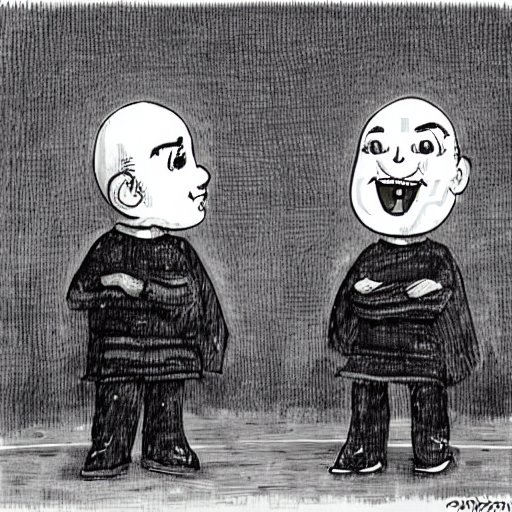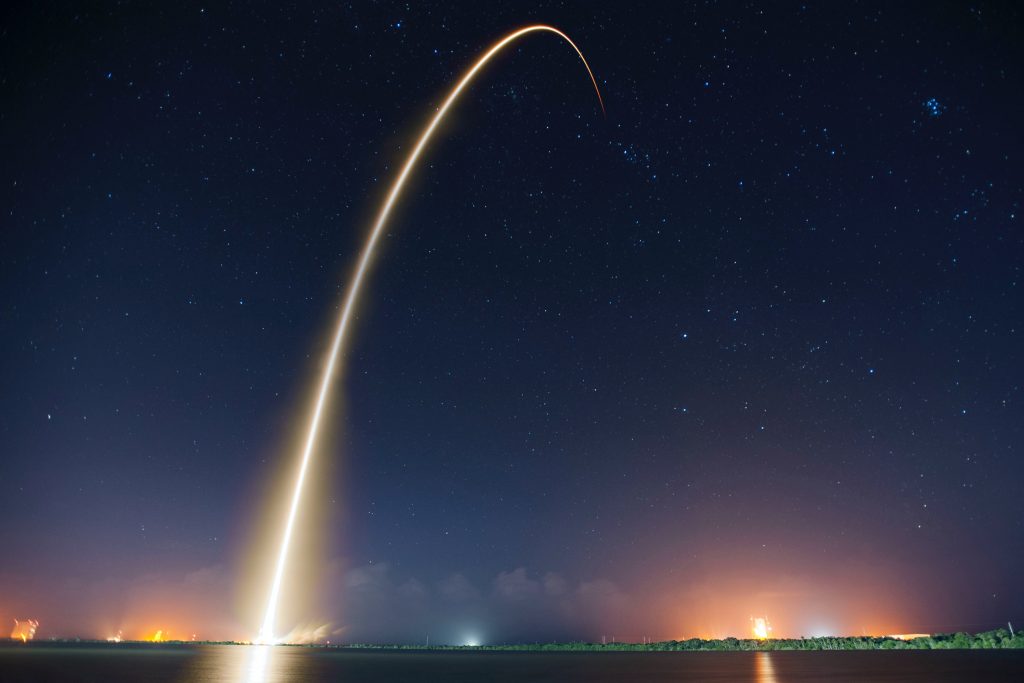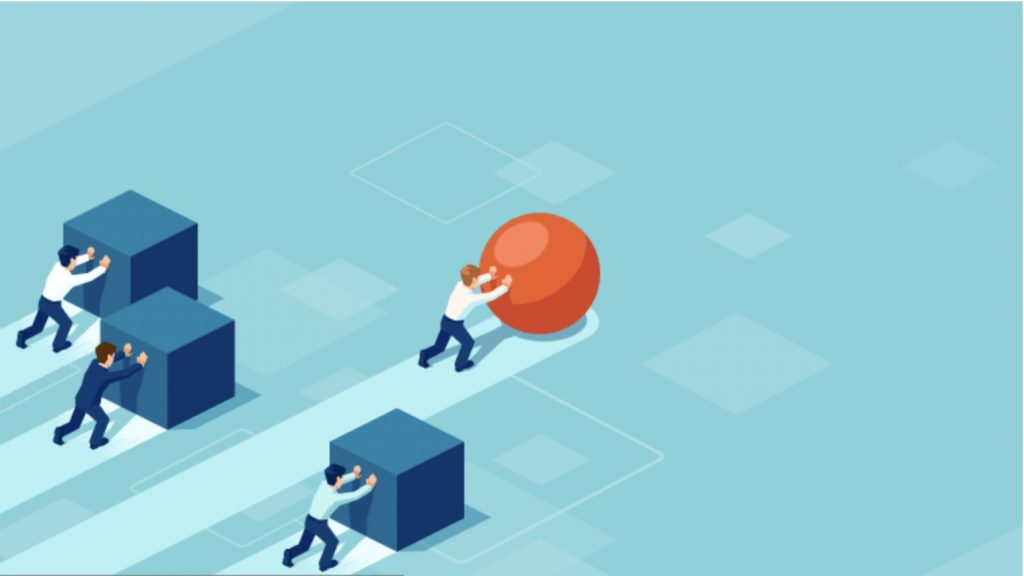
Digital twinning in the context of asset management and smart cities refers to the creation of a digital replica of our heroes of physical infrastructure, such as buildings, transportation systems, or pumps, with the goal of simulating and analysing asset and system performance.
In fiction, the “evil twin” is an identical copy of our hero, but with malevolent, or prankster intentions. Like an evil twin, the digital twin initially appears helpful or friendly, but as the story progresses, their true malevolent intentions become clear. The evil twin tries to manipulate thinking by posing as Our Hero and causing distrust and confusion among those who know and love them. The Evil Twin suggests things that don’t seem quite right, but friends and families accept them; the Evil Twin is very plausible.
These suggestions are increasingly divergent from Our Hero’s true nature, yet family and friends continue to accept them, even as the results place everyone in an increasingly perilous situation.
Eventually there is a confrontation between Our Hero and the Evil Twin, where the true nature of both is revealed, and Our Hero prevails… Or the story ends in tragedy for all.
But seriously
Digital twinning is a great tool for asset managers and for supporting smart cities project implementation, but it essential that the twin is understood for what it is, simply a tool. Putting the tool in place will not solve any problems. The interpretation and analysis of the tool is where value lies. Twinning our assets in a generic way is unlikely to yield future benefits. The need to understand our assets and systems remains key.
Know what matters. Measure what matters. Analyse what matters. Integrate what matters. Do this, or you may create an Evil Twin that misrepresents assets and misleads decision makers.

Photo 63254580 © Liliia Epifanova | Dreamstime.com
2023: surely the year for harder questions about the impact of our infrastructure on biodiversity.
For example, researchers in Idaho built a fake road to test out the impact of freeway noise on migrating birds.
“A third of the usual birds stayed away… those that stayed paid a price,” writes Ed Yong in his fabulous book Immense World on animal senses. The noises drowned out the sounds of their predators, so the birds had to spend more time looking for danger and less for food, so they put on less weight and were weaker for their migrations – which take every bit of energy the birds have.
And this didn’t include actual road effects from headlights, exhaust fumes, polluting run-off.
As Ed Yong says, more than 83% of continental USA lies within a kilometre of a road. There is nowhere else for the birds to go.
We have options to do something about this in our infrastructure, in a year we’re meant to be ‘building back better’.
Just replacing blue or white LEDS with red in, for example, parking lot lighting cuts down the impact of night light on insects. Sound-absorbing surfaces and barriers; slowing down traffic; quieter vehicles – all can immediately reduce noise pollution for animals such as owls and mice who depend on sound to catch or avoid being caught.
If 80% of humanity live under light-polluted skies and two-thirds of Europeans live in the noise equivalent of constant rain, it’s not great for people. But what Ed Yong brings out so brilliantly is how often we don’t even think about the different and miraculous sense worlds of other species, of whales and manatees and frogs and birds, and how very much worse it can be for them.
Is this the year to start taking seriously a problem we’ve only just begun to realise?
Immense World, Ed Young, 2022 – how other animals sense is truly mind-blowing.

With the beginning of a new year, most of us are thinking about what we plan to do in 2023 – we consider our aims, objectives, goals and targets.
I am reminded of a conversation, some years ago, between Françoise Szigeti, who was then Vice President, International Centre for Facilities, Ottawa, Canada and Helen Tippett, then Emeritus Professor, Faculty of Science, Victoria University, New Zealand.
Françoise observed that the same words tended to be used to convey totally different meanings, and Helen came up with the following that she uses to help her students keep the meanings straight.
- “You AIM for the stars.
- Your OBJECTIVE is to land on the moon.
- Your GOAL is to build a rocket with enough fuel to get you there at an affordable cost.
- Your TARGET is be ready to launch in two years.”
Got It?

Photo 247485510 / Asteroid Hitting Earth © Elen33 | Dreamstime.com
Don’t Look Up – as opposed to Now, or Back in Anger – is a 2022 witty parable on the climate crisis in which a variety of movie stars play more or less against type. It does not say much about infrastructure, except to destroy it all with an asteroid, but I was struck by the stupid economics.
When the Elon Musk-alike (Mark Rylance!) says how many trillions of dollars’ worth of rare and valuable metals are contained in the asteroid, one of the heroes mutters about how that isn’t going to mean anything when it destroys the Earth.
But I was struck by the very specificity of the pricing. As though price is an absolute, unaffected by destruction, or anything to do with other humans. Even without total destruction, surely living through the threat and even partial environmental chaos might change people’s enthusiasm, one way or another, for buying yet more mobile phones?
The Musk-alike means how many dollars he could get for the stuff in today’s market, not the value; it’s left to someone else, a corrupted government advisor, to suggest it’s enough money to cure hunger and poverty, but you know he’s just mouthing it. (And you can’t eat money.)
The trillionaire simply plans to be trillions richer. He has no sense of who will be around to buy from him. The ‘stuff’ is enough.
The dollars have some kind of fabulous independent existence.
Rather like the idea of how many dollars infrastructure construction generates. We know for sure lots of construction means lots of money for construction companies, but the value it creates is rather less easy to work out.
Both of these things – the $ worth of metals in an asteroid that probably can’t be used, the $ worth of building infrastructure any old place – are, I think, what some people call fetishes. Inanimate objects worshipped for supposed magical properties.
Out of context, we’re not even trying to work out what’s actually of value. It really is very stupid economics.
PS I recommend the film

The peculiar antics of Elon Musk in late 2022 prompts, once more, the question of whether tech billionaires are really the best model for our heroes.
During Covid, plenty of people realised how dependent we are on carers, paid perhaps a millionth of what Musk pays himself. We clapped for a very different kind of heroics during lockdown.
Infrastructure is an intriguing mixture: it’s technology to keep our societies going, not primarily to make money. Managing it well involves caring for stuff. We are not carers in the traditional sense – and many of us are paid better than nurses or teachers.
Of course, technology innovation and looking after other people are very heavily gendered in our society: stereotypically, techies are male, carers are female. Making an obscene amount of money from exploiting innovation is masculine heroics; working till you drop caring for someone else is feminine heroics. (There are plenty of men in caring professions, but that doesn’t stop the stereotype.)
Sometimes I feel we’re trying to work out what kind of heroes we want to be in asset management. There are plenty who fancy the innovation techie route, getting all excited about ‘digital transformation’ (cf. the call this week for papers by ReliabilityWeb on the subject, for example) and, probably, the well-founded belief this is an easier way to make money. There are others, more equitably spread between women and men, who are sure it’s mostly about people.
We shouldn’t be particularly surprised to see crude stereotypes echoed in our own profession. A colleague recently described the problem of dominance in AM by “fat middle aged white men” (he said he was talking about himself, and the fat bit was a joke) – a dominance that doesn’t thrill me. I find myself more alarmed by the failure to learn our own lessons about what it takes to manage infrastructure, and rush into anything techie. As though, this time, technology innovation will sort out all the problems. Including the tiresome need to think about people.
But, then again, it’s surely the mix, the dynamic tension, between technology and caring which actually appeals to many of us; that brought us into asset management in the first place.
In their excellent book The Innovation Delusion, Lee Vinsel and Andy Russell challenge both innovation and heroes as ideals – and propose instead the maintenance mindset and how to sustain our “human-built world”. I think this is partly what they mean, this interesting mix.
PS Their Maintainers are still going strong, by the way, with some assistance from the Alfred P. Sloan Foundation and the Siegel Family Endowment – see www.themaintainers.org

We have to be more efficient, do more with less! Why?
It has been of increasing concern to me that we seem to be focussing on efficiency without having the right steps in place for effectiveness. Why, I asked myself was this happening? The answer I came up with – which you may not agree with – is that it is relatively easy if you are the Commonwealth or State Government or a Head Office, to focus on policies that impose efficiency on others. Effectiveness, however, requires each of us to make changes of our own – much harder!
Thinking along these lines I issued a challenge to the asset managers taking part in the History Forum at the time, I asked “ Is Asset Management still fun? Or has our concern for efficiency (doing the same with fewer resources) driven out our interest in effectiveness (doing better by doing differently)?
I was thinking of effectiveness as getting the right assets in place, in other words, capital optimisation (which I still think we do rather badly) rather than maintenance optimisation (which I think we do rather well). But John Hardwick saw another aspect to effectiveness. He saw the necessity to get the right culture and information infrastructure in place. Both logically pre-date a focus on efficiency. Here is John’s comment, which is worth thinking about.
“Well, I can’t miss the opportunity to comment on this one. I don’t know how you pick your topics but this one is great. I think the doing more with less can only really become successful if you have already put the building blocks in place, set up the right culture and created the IT systems to gather the information for decision making. This creates the effective part of the story but how do you then deal with efficiency? Well, for me there are two options. One you can take on more risk. At least if your Asset Management is working you can articulate the change in risk. The other option is to look at your people and process to understand if this is optimum. What interested me the most with this topic Penny is you must be in sync with our company. I have just been moved from the strategic area of our company to managing about 700 people delivering outcomes. Interestingly i am still the business process owner for Asset Management. I am sure there are going to be some real challenges in this move. The funny part is this means I am more excited then ever. New challenges, new people to influence, more people to become part of the Asset Management community if i get it right. If it does not excite you then get out of the field and do something else.”
Amen!
Your thoughts?
Do you know where are good examples that illustrate improvements in AM effectiveness (either capital optimisation or organisational culture)?

Recent Comments